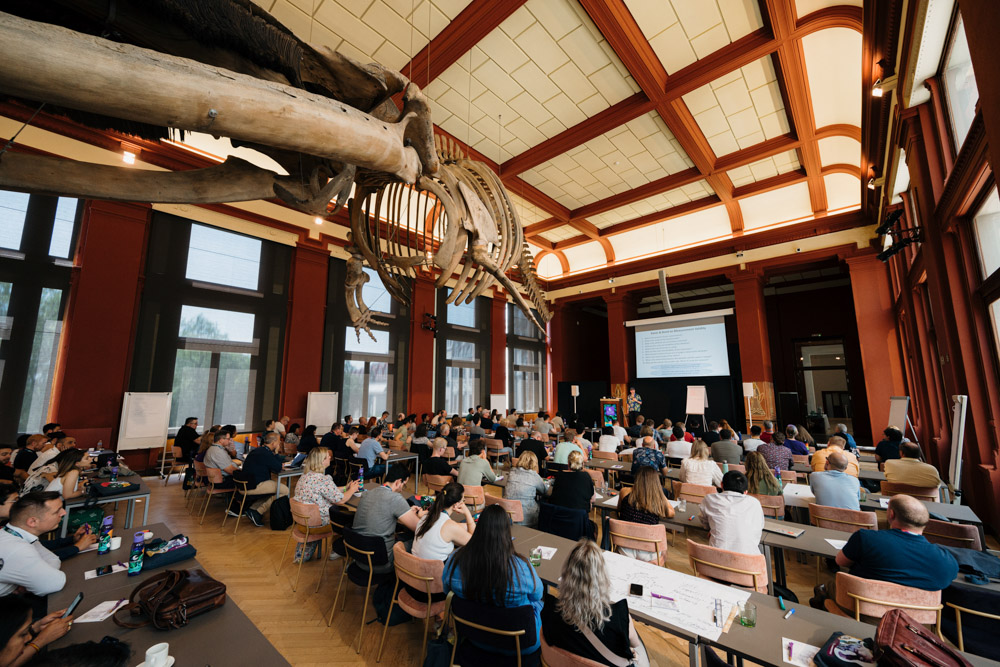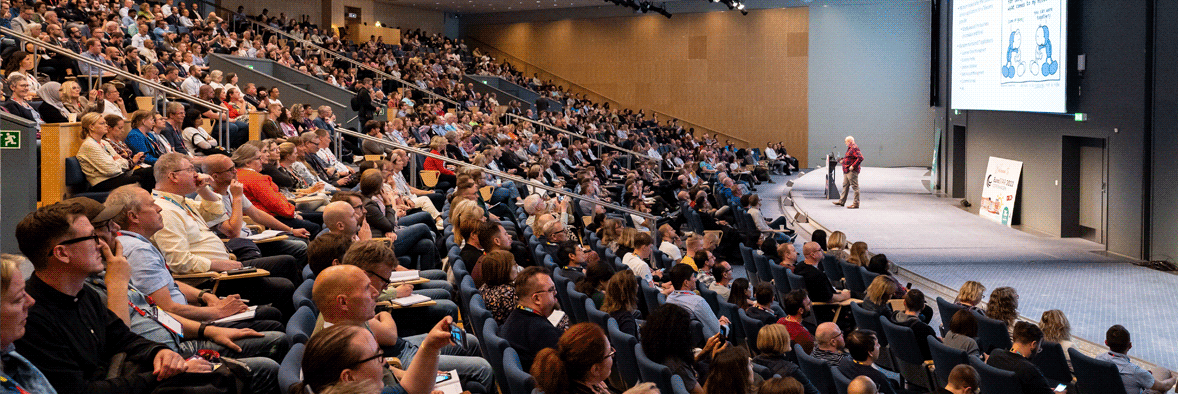Gek Yeo is a Sap Quality Expert who joined us an the official EuroSTAr Reporter for our 2023 EuroSTAR Conference in Antwerp. In this blog Gek shares her second day experience at Europe’s biggest software testing conference.
Luckily, this time, I managed to find some time to attend the two main Thursday #EuroSTARconf 2023 keynotes. The first keynote is Maaret Pyhäjärvi ‘s keynote titled “Whose Test is It Anyway?”. One point that stood out to me was the legal or ethical aspect. Even if it is legal, is it ethical to use computer-assisted software development? I listened to my peer Maaret and could relate to her viewpoint on the GitHub Copilot.
As we move onto AI-assisted technologies, it becomes a question of how future generations will use these technologies for good or bad. The definition of what is good for one may seem bad to others. 23 years ago, I had already started with AI and used it for my projects. I always remember what my university professor said: it takes 20 years for the industry to adapt to what we wrote in our thesis. And now, the industry has embraced AI in testing. The debate on the usage of AI technologies has started to spread in our daily lives.
Regarding the key notes seen in this picture, I agree with Maaret when she said, “We are accountable.” We have responsibilities to ensure that the rules for domains, both for laymen (whom I would refer to as citizen developers) and experts, are well-defined. The testing process should belong to everyone, not just the tester or the developer. Another takeaway is on exploratory testing. I love exploratory testing. It’s not an excuse to do manual testing. In fact, Maaret highlighted the points that exploratory testing helps with automation and it brings people together, not siloed testing. I have witnessed this in action during my test release cycle with my colleagues.
I organize bug bashing events in my teams for exploratory testing so we can have fun while testing. It’s about the team and the people, not just software releases. We take pride in finding bugs before our customers do in our releases.
The second keynote I attended is titled “The Cyber Security of Smart ‘Adult’ Toys or Lack of It” by Jo Dalton. It was originally meant to be delivered by Ken Munro and Jo Dalton, but unfortunately, Ken couldn’t attend. Kudos to Jo for delivering this SFW (safe for work) keynote all by herself! I have kindly shared some pictures of the slides from this talk here. Without security experts like Jo, we would probably giggle this topic off and treat the lack of security testing in connected adult toys as the elephant in the room.

By speaking at a global conference, we become more conscious of the business needs for security testing and why we desperately need regulations for IoT (Internet of Things). Seriously, we should not let the backdoor through the backdoor happen, as Jo highlighted in her keynote. I hope that, as a QA community, more folks will speak up and contribute to security testing for IoT.
Conferences like EuroSTAR provide valuable opportunities for continuous learning, networking, and staying up-to-date with industry trends. It is important for us as testers to self love and find time to attend high-quality conferences like EuroSTAR 2023 to broaden our perspectives, share experiences, and build new friendships and connections within the IT community such with Peter Thomas, Kapil Bakshi from Karate Labs and Humza Ahmad. And it is also beneficial when employers support their employees in attending such events, as it demonstrates a commitment to their professional development and encourages skill-set improvement. I hope to see some of you in EuroSTAR 2024 again.
The EuroSTAR Conference has been running since 1993 and is the largest testing event in Europe, welcoming 1000+ software testers and QA professionals every year. Don’t forget to connect, like Gek Yeo, with the testing community at our next events.








